Fortified wines are missing out on the boom in at-home drinking.
Poor old sherry and port have been left on the shelf as take-home booze sales have surged 3.3% to £11.6bn on volumes up 1.3% [Kantar Worldpanel 52 w/e 20 July 2014]. Overall, fortified wine sales have slipped 1.2%; volumes are down 3.2%, making it the poorest performing off-trade drinks sector.
This is part of our Alcohol Report 2014.
Part of the problem is image. Sherry is your granny’s favourite tipple; the bottle that gets an annual outing from the back of the drinks cabinet every Christmas before being forgotten about for the rest of the year; port is for grandpa after dinner, or to be mixed with lemon by auntie.
Retailers aren’t helping matters. Little is done to distinguish sherry, port and other fortified wines from the wider wine category in store. Education about how such drinks should be served and consumed is next to nil. Consumers write off such drinks as too heavy, too sweet or too strong.
The time has come to change all that. So we commissioned global branding agency Coley Porter Bell to blow the proverbial dust off port and sherry and drag them into the 21st century. Here’s what they came up with…
Oporto
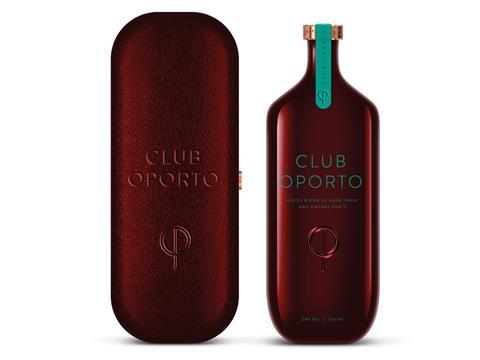
Port isn’t cool. Oporto is. Just as Diageo is hoping to breathe new life into whisky with Haig Club, an ultra-premium brand fronted by David Beckham that looks more aftershave than dram, Oporto pitches port at younger drinkers with cues borrowed from the world of fashion.
That the curved lines and opaque glass of the bottle look more CK1 than Cockburns is no accident. Younger men, a group typically prepared to pay more for premium drinks and with a penchant for experimentation when it comes to drinking, are the target here.

What differentiates this from what grandpa drinks, other than the branding, is that this is a blend of tawny and ruby ports, says Alex Ririe, business director at Coley Porter Bell. The aim is to make this port simultaneously premium and accessible, she adds.
“This is a contemporary take on port,” says Ririe. “Ports and sherries trade on their authenticity and heritage and this can be off putting for people that aren’t connoisseurs. Wine makers think quality is enough. Well it’s not enough. You have to do so much to stand out these days.”
Like enlist a global football star and fashion icon to be your frontman. If only Golden Balls drank port…
Sherry Y…
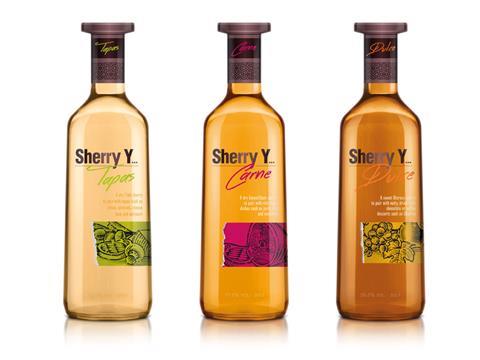
Trifle is about has gastronomic as sherry traditionally gets in this country.
In Spain, home to three of the world’s 10 best restaurants, they do things differently. British foodies are starting to take notice. London restaurants Moro, Brindisa and Fino offer extensive ranges of sherry for pairing with Spanish dishes. Trade is brisk.
So why not launch a range of sherries with a culinary edge for the off-trade? Enter Sherry Y…, a set of three types of sherry – a Fino to be drunk with tapas; an Amontillado for main course; an Oloroso Dulce to partner with pudding – in 30cl bottles.
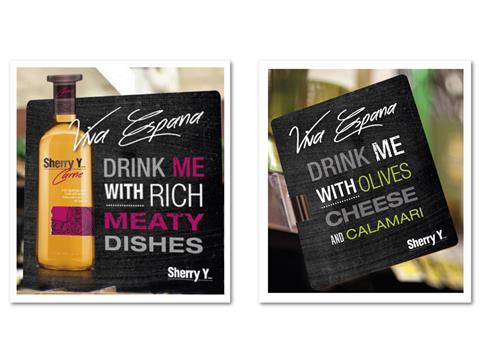
“This seeks to address the lack of understanding around sherry and reposition it as food friendly,” says Ririe. “We’re already offered guidance in restaurants and pubs on how to pair wine and beer with food. Sherry is well placed to benefit from pairing with food.”
Perfect for shoppers looking for something for that big night in, Ririe suggests the packs could be stocked alongside Spanish-themed ready meals with POS giving guidance on how Sherry Y should be drunk: fresh and chilled like the Spanish do; not room temperature and years old like granny’s.
“You wouldn’t leave a bottle of sauvignon blanc at the back of a cupboard for two years, so why would you a sherry?” says Ririe. “The choice of 30cl bottles – a perfect two-glass serve – is deliberate. A 75cl bottle is unlikely to be consumed in one sitting so is often left to go past its best.”
Portonics
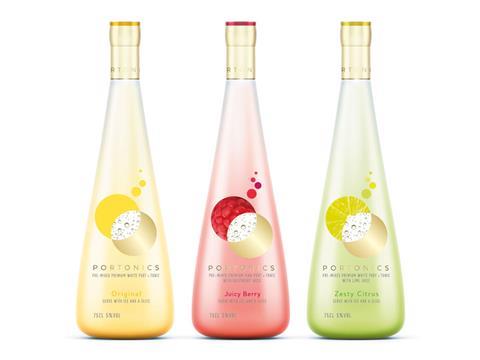
Port & lemon for the 21st century. Witness the meteoric growth in fruit flavours and the rising number of lower abv wines, beers and ciders on the market for proof that a growing number of us want something lighter and sweeter to sup in the evening.
Portonics taps this trend. The range of three pre-mixed port & tonic drinks in original, raspberry and citrus variants is designed to be served long and on ice with a twist of lemon, lime, orange or mint and weighs in at a temperate 5% abv.
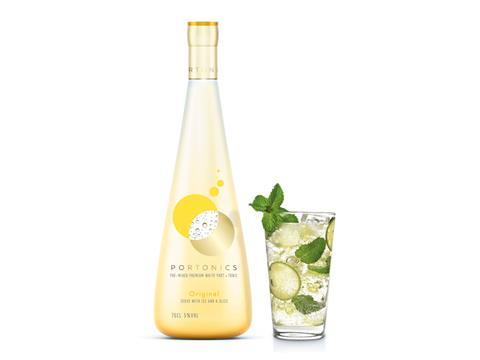
The concept is turning more than one preconception about port on its head. “Port tends to be more male orientated and seen as an after-dinner drink,” says Ririe. “This is aimed at women looking for a lighter, fruitier drink for a get-together with friends.”
Going down the pre-mixed route could have other benefits for brands and retailers, says Ririe: “With margins on fortified wine low, this could be a popular option for producers, driving value whilst building accessibility.” Who wouldn’t drink to that?
This is part of our Alcohol Report 2014.
In association with



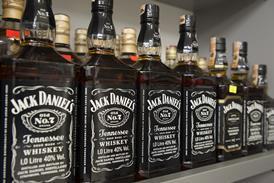




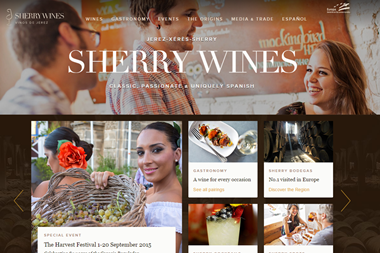
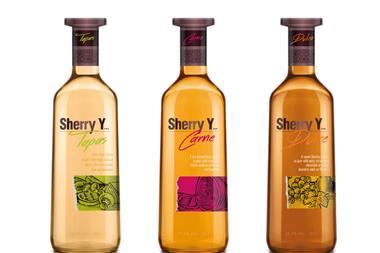

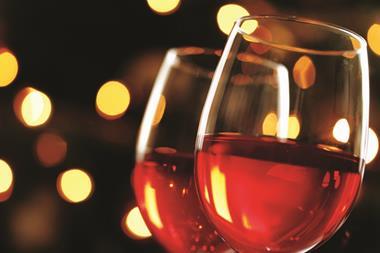

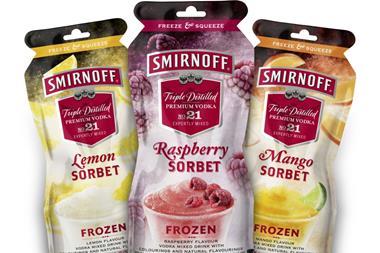



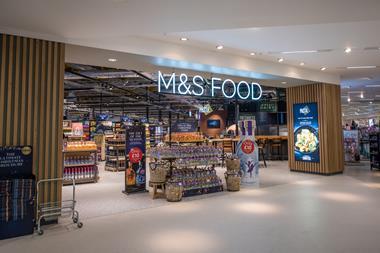


No comments yet